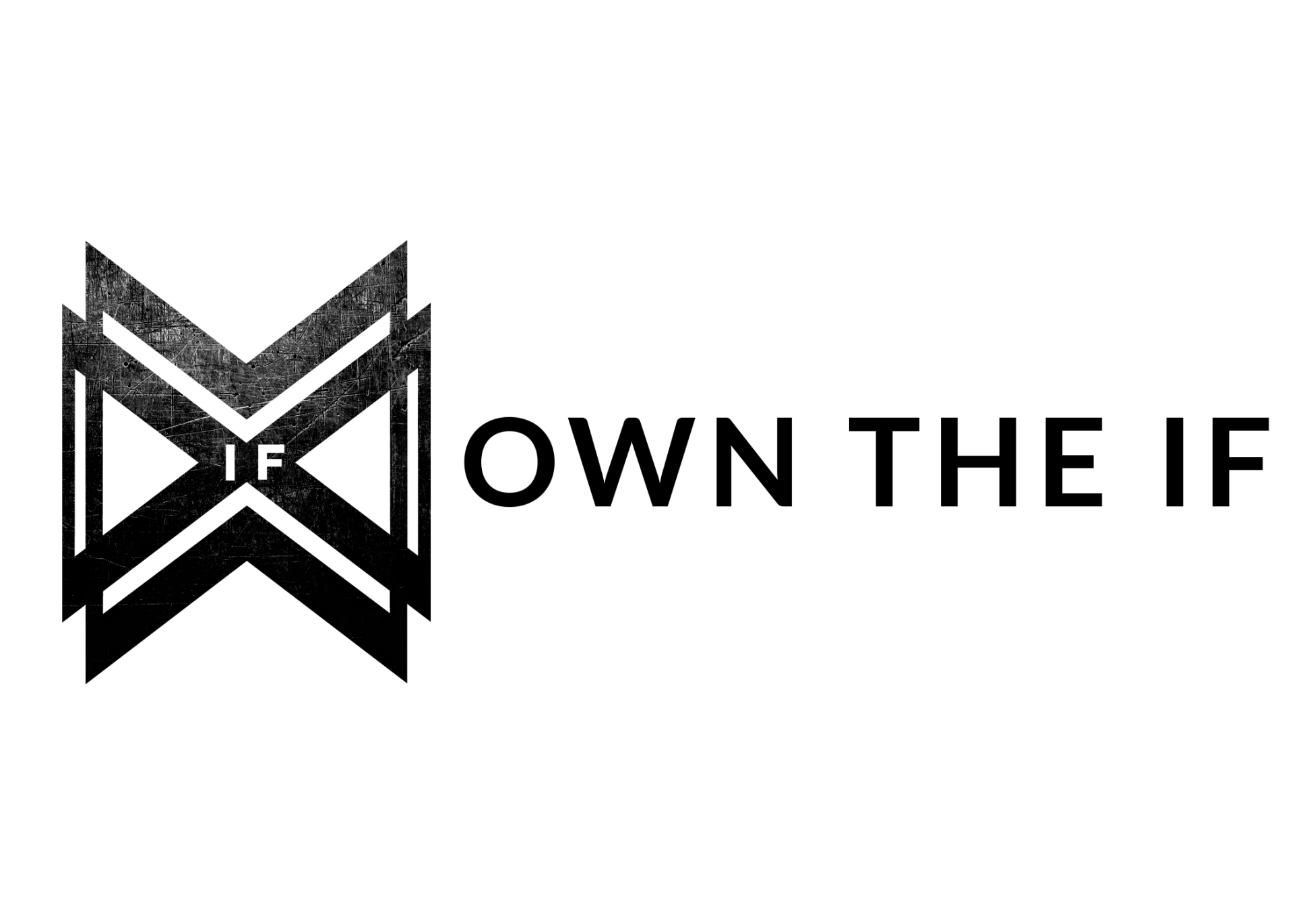Last week, we talked about what to do when everything feels like too much.
We leaned on the Circle of Control and anchor habits—tools that help you stay steady when the world spins a little too fast. Tools that root you, like bamboo in a storm. Flexible, but grounded.
And if you tried them—whether it was a walk, turning off the news, or writing out your circles—amazing. That matters. Those small actions shift your brain, your nervous system, your energy. But it didn’t quite feel complete. I want to keep talking about it. So this week, we’re going one step further.
This Week’s Focus: Replenishing Your Fuel
Here’s the thing: refueling isn't a one-and-done. When the world keeps throwing haymakers—and lately, it sure feels like it has—it’s not just control we need.
We need fuel.
Not just to hold steady, but to refill what life drains. Because you can’t keep showing up if your tank’s empty.
So with that in mind, let’s talk about your Hope Reservoir.
What Is the Hope Reservoir?
Hope is like hydration. You don’t chug a gallon once and expect to be good. You sip. You refill. You build it into your day.
Your Hope Reservoir is your emotional reserve—the thing you draw from when headlines break your heart, your day unravels before noon, or you’ve spent all your calm on other people and have none left for yourself. Most of us wait until we're running on fumes to recharge—which rarely works.
The goal here? Build capacity before the crash.
Where This Idea Comes From
The phrase Hope Reservoir isn’t a clinical term, but it shows up in psychology, education, and leadership. In med school, they call it the coping reservoir. In resilience science, it’s about preserving internal resources. Some call it an inner well. Whatever name you give it—hope, calm, bandwidth—it’s what helps you keep going when life feels too heavy.
You can’t pour from an empty cup. But you can refill it—one moment at a time.
Why It Matters: A Neuroscience Snapshot
Your brain and nervous system are always scanning for threat or safety. Chronic stress flips you into high-alert mode—where your breath shortens, your thoughts race, and your focus fragments. But small, consistent rituals of calm can shift you back into parasympathetic mode—where recovery, clarity, and connection live.
You’re not just “doing something nice.” You’re rewiring your brain to handle hard things with more ease.
Letting Joy In Is Hard
Here’s the truth: I still wrestle with this.
When the world feels bleak, my brain says:
“You haven’t earned rest.”
“That walk won’t fix anything.”
“Try harder. Worry more. Swear louder.”
But joy isn’t betrayal. Hope isn’t denial. They’re fuel.
You don’t need to fix the world before you’re allowed to feel okay. A warm drink, a walk, a silly meme—those don’t mean you’re ignoring the hard stuff.
They help you stay human in the middle of it.
How It Works
This isn’t about pretending everything’s fine. It’s about giving yourself enough fuel to keep going.
Remember last week when we talked about anchor habits—those steadying routines that keep you grounded when life gets loud? This week’s concept, the Hope Reservoir, is what those anchor habits help protect.
Each small habit—like a morning walk, journaling one good thing, or making your bed—doesn’t just stabilize your day. It adds a drop back into your emotional tank.
Think of your anchor habits as the spout. The Hope Reservoir is what you’re refilling.
1. Identify Your Hope-Fillers
What helps you feel even 5% more human?
Ideas:
– Sitting in the sun
– Coffee and music
– A short walk or workout
– Listening to your favorite song with the windows down
– Rewatching your comfort show
– Petting your dog
– Journaling one good thing
– Laughing at memes or animal videos
– Silence. Stillness. Nature.
Don’t overthink it. Just pick what’s real and reachable.
2. Write Them Down
Call it your Hope Menu. Put it where Future You can see it—fridge, notes app, bathroom mirror.
(Because when you’re drained, you won’t always remember what helps.)
3. Do One a Day
Doesn’t need to be deep or perfect. Just one moment of calm or joy. Even two minutes counts.
Even if your brain says, “This won’t fix anything”—do it anyway.
You’re not trying to fix it. You’re trying to stay resourced enough to face it.
4. Match the Mood
Some days you need movement. Others, stillness. Choose what meets you where you are.
Sluggish? Try sunlight or music
Anxious? Barefoot grounding, warm tea, a long exhale
Numb? Watch something ridiculous
Lonely? Text someone—even just “thinking of you”
You don’t need a perfect plan. Just something that shifts you toward life.
5. Track What Helps
Start noticing: What fills you up? What quietly drains you?
Does your phone leave you calm—or fried?
Does silence help more than noise?
Does laughter do more than crossing off a to-do?
The better you know your inputs, the stronger your outputs.
Bringing It Home
We’re living in a time that asks a lot. But you’re still here. You're still trying. That matters.
Your Hope Reservoir won’t change the world. But it can help you stay rooted. Present. Soft and strong.
So today—don’t try to do it all. Pick one thing that feels just a little bit good.
You don’t need to feel amazing. (If you do, AWESOME.) But I hope this helps you feel just a little more like you.
You've got this.


